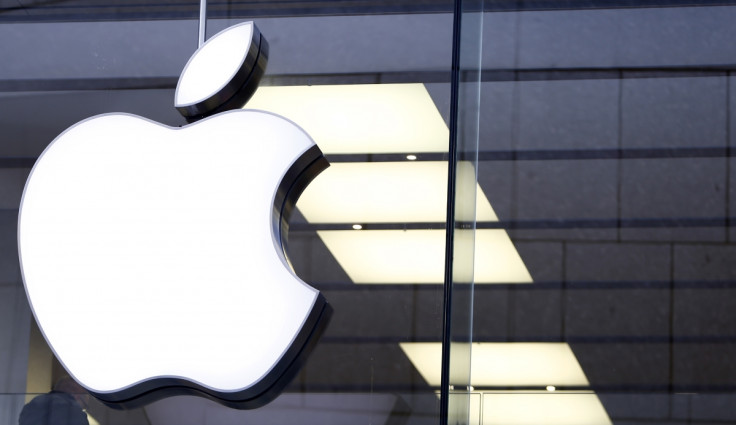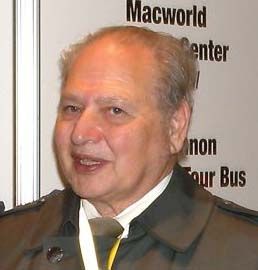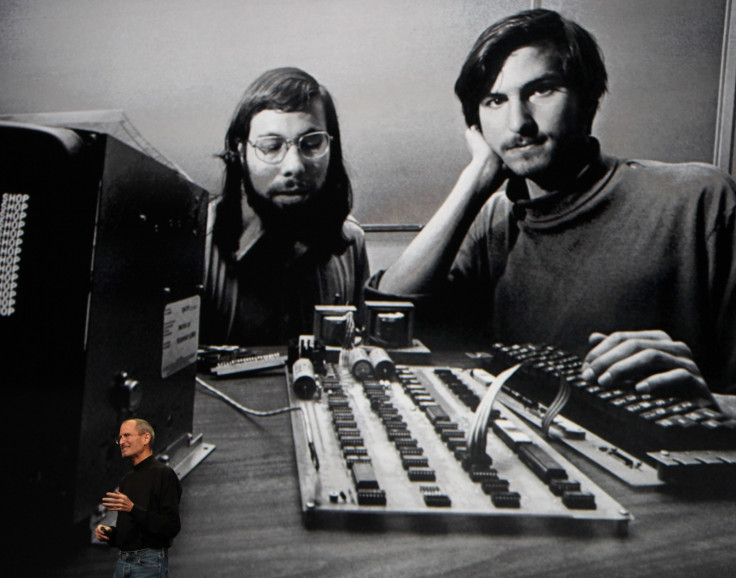Apple at 40: Spare a thought for co-founder Ronald Wayne, Steve Jobs' pal who threw away $62bn

As Apple celebrates its 40th birthday and much of the technology press gets dewy-eyed thinking back to the original Mac, the first iPhone, Steve Wozniak and Steve Jobs, I thought I would instead focus on Apple's third co-founder, Ronald Wayne.
Wayne, now 81, co-founded Apple with Jobs and Wozniak on 1 April 1976. He had previously worked with Jobs at the Atari computer company, having failed to make a success of a company selling slot machines in the early 1970s.

Being older than the two Steves, Wayne was seen as the knowledgeable adult of the three, having already founded a company and earned enough legal experience to help draw up contracts and partnership agreements which would split the value of Apple between the trio. Wayne also drew up Apple's first company logo and wrote the user manual for the Apple 1. For his efforts Wayne received a 10% share of Apple.
But, less than two weeks later on 12 April 1976, Wayne gave his share back to his fellow co-founder. Being 21 and 25, Jobs and Wozniak had few valuable possessions and little fear of creditors potentially seizing them if Apple was unable to pay its bills, as would have been their shared legal responsibility. Wayne, being older, was concerned that if the company failed he would face losing his house and other personal assets.
Still haunted by the ghost of his failed slot machine company five years previous, Wayne bailed out of Apple and sold his entire share back to Jobs and Wozniak for $800. Later in 1976, Apple received a business plan from a pair of venture capitalists and transitioned from a partnership to a corporation. A year later, Wayne received a further $1,500, but in doing so agreed not to claim any more money from Apple, no matter what its future may hold.

Ignoring Jobs' calls for him to return to Apple, Wayne continued to work at Atari before joining the Lawrence Livermore National Laboratory in California. He then retired to a mobile home park in Nevada, where he collects and sells stamps and rare coins to this day.
Even during Apple's early years it was clear that Wayne would miss out on an enormous fortune. In its first year, Apple's sales were $174,000 (£120,000), followed by $2.7m in 1977 then $7.8m in 1978 and then $117m in 1980.
In 2015, Apple's sales reached $234bn and the company earned a profit of $53.4bn, the most a public company has ever made in a single year. At the time of writing, Apple's market cap is $622bn, making Wayne's hypothetical 10% share worth $62bn. That, if he had somehow held onto that 10% through four decades, share buybacks and dilutions, would make him the fifth richest man in the world today.
Wayne's bad luck continued post-Apple. His stamp shop was originally set up in California, but moved to Nevada after a number of break-ins. Then, in 2011 the original Apple company agreement between Wayne, Jobs and Wozniak – and signed by all three – was auctioned for $1.6m, after Wayne had sold it in the early 1990s for just $500.
Now living off Social Security payments and enjoying playing penny slot machines, Wayne says he doesn't regret his departure from Apple. Speaking to Walter Isaccson, author of Steve Jobs, a 2011 biography, he said: "I made the best decision for me at the time. Both of them [Jobs and Wozniak] were real whirlheads and I knew my stomach wasn't ready for such a ride."
© Copyright IBTimes 2025. All rights reserved.






















